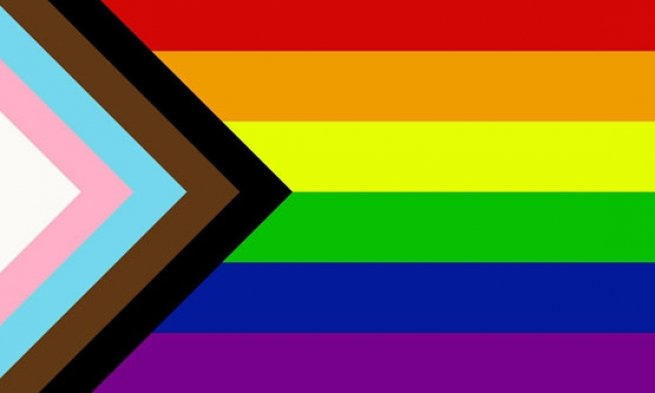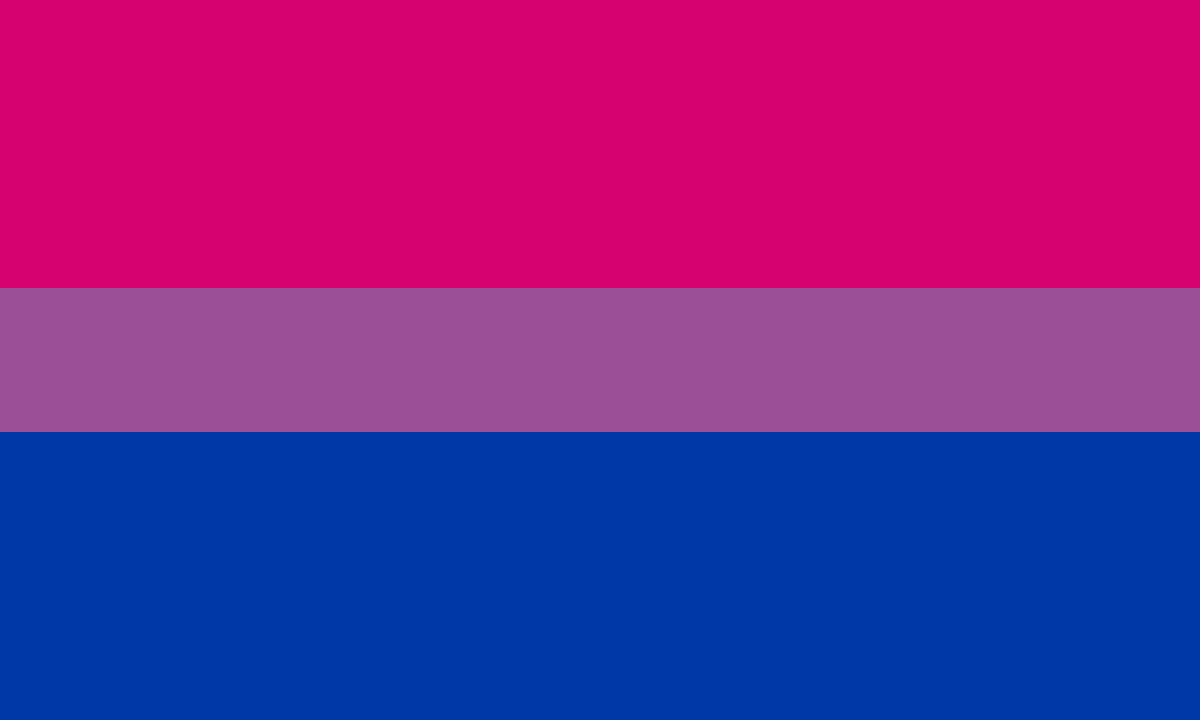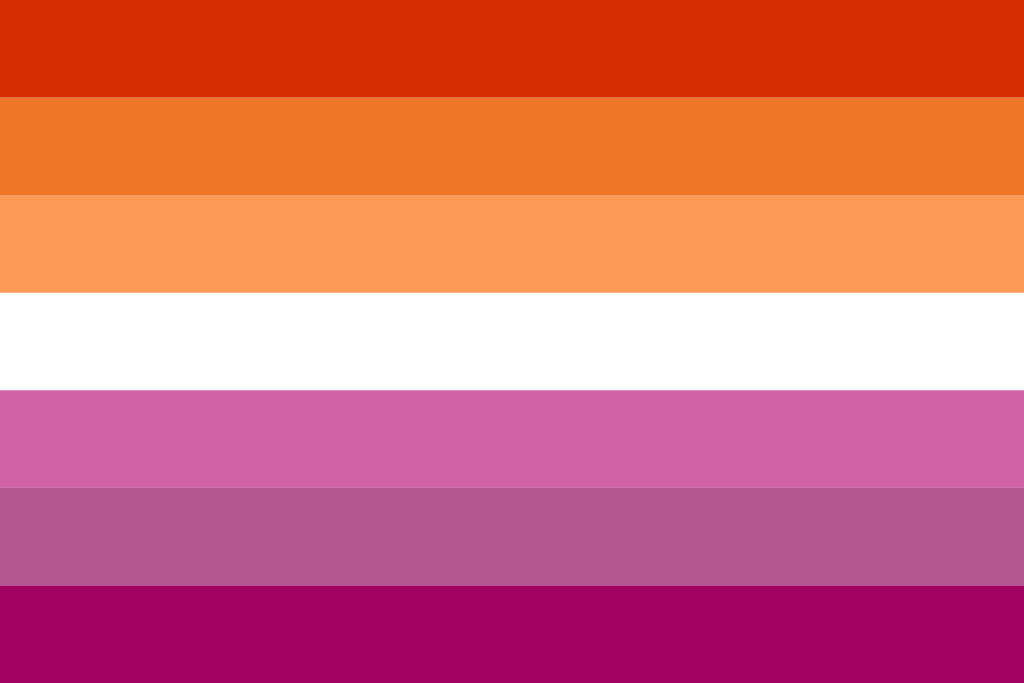Chi ha già sentito parlare della comunità LGBTQ+? O meglio dire, Chi non ne ha mai sentito parlare?
La comunità LGBTQ+ è un gruppo di persone che si identificano in sessualità differenti rispetto a quella etero, la prima lettera che fa parte di questa sigla appartiene alle donne che provano attrazione verso altre donne, la seconda si riferisce a uomini che amano persone dello stesso sesso, la B, invece, è la lettera che più fa storcere il naso alle persone che non sono ancora molto favorevoli a questa comunità, la lettera si riferisce a quegli individui che provano attrazione sia verso persone dello stesso sesso che verso persone di sesso opposto, la quarta lettera invece allude a quei soggetti la cui identità di genere non corrisponde al genere di nascita e per finire ci sono i queer, questo termine viene usato per indicare coloro che non sono ne cisgender ne eterosessuali; nella sigla è presente anche un segno del maggiore che suggerisce che ci sono molte altre sessualità.
Una cosa che caratterizza questa comunità è l’utilizzo di bandiere colorate
Ma che significati hanno queste bandiere? E soprattutto i loro colori?
Inanzitutto ogni orientamento sessuale ha la propria bandiere che lo contraddistingue e che rende fiere, unite e piene di orgoglio le persone che si sentono parte della famiglia, questi simboli si sono diffusi grazie al loro utilizzo nei pride. La prima bandiera che fu creata è stata quella arcobaleno inventata da Gilbert Baker nel 1978 che all’inizio vantava la bellezza di 8 colori. Nel simbolo di Baker c’era anche il colore fucsia e quello azzurro che nella rainbow flag di oggi non ci sono più per questioni di comodità. Nell’ultimo periodo sta riscuotendo un grande successo la nuova versione della bandiera sopra citata che è stata create dopo il movimento Black lives Matters partito in america che prevede una striscia di colore nera e una marrano per indicare le persone di colore facenti parte della comunità.

La prossima bandiera è quella che contraddistingue le persone transgender che è stata creata nel 1999 da Monica Helms una donna transessuale che la usò per la prima volta al pride di Phoenix. I colori sono l’azzurro che indica i bambini, il rosa le bambine e il bianco che sta a rappresentare la transizione al sesso opposto, di che non ha nessun genere o di chi è intersex.

La bandiera bisex è stata creata da Michal Page nel 1998 e anche in questa ci sono i due colori stereotipati che distinguono i maschi dalle femmine, ma che infine si incontrano e si mescolano nel viola lavanda centrale che sta ad indicare l’amore verso il sesso maschile e femminile.

L’ultima bandiera è quella dedicata alle donne che amano altre donne, nel 2018 ha preso forma questo nuovo simbolo creato da Emily Gwen, sostituendo quello in uso dal 1999 creato da un uomo e vendendo in centro l’ascia usata dalle amazzoni greche. Con l’utilizzo di 7 colori Gwen ha voluto rappresentare i diversi aspetti della comunità lesbica: l’arancio scuro indica la non conformità di genere, l’arancione l’indipendenza, l’arancione chiaro la comunità, il bianco sorellanza, il rosa la serenità e la pace, rosa antico l’amore carnale e quello sentimentale e infine il rosa scuro la femminilità.

La comunità LGBTQ+ è varia e piena di persone che hanno lottato e che stanno lottando tutt’ora per avere i loro diritti, che si sono nascosti nell’ombra e nelle bugie da tanti, troppi, anni e che ora stanno iniziando ad ottenere riscontri positivi a tutte le lotte che hanno dovuto combattere per ottenere la libertà di amare e di essere accettati dalla società. Queste persone hanno deciso di amare usando tutto il loro cuore e le loro lacrime e portando in mano, con testa alta, tutte le bandiere che rappresentano i colori dell’amore
Di Laura Vaninetti
Traduzione di Laura Vaninetti
The colors of love
Who has already heard of the LGBTQ community? Or rather, who has never heard of it?
The LGBTQ community is a group of people who identify with different sexualities than heterosexuality, the first letter that is part of this acronym belongs to women who feel attraction to other women, the second one refers to men who love people of the same sex, the B, on the other hand, is the letter that most makes people who are not yet very favorable to this community turn nose, the letter refers to those individuals who feel attraction both to persons of the same sex and to persons of opposite sex, the fourth letter instead alludes to those subjects whose gender identity does not correspond to the gender of birth and finally there are queers, this term is used to indicate those who are neither cisgender nor heterosexual; in the acronym there is also a sign of the major that suggests that there are many other sexualities.. One thing that characterizes this community is the use of colored flags.
But what do these flags mean? And especially their colors?
In the first place sexual orientation has its own flags that distinguishes it and that makes proud, united and full of pride people who feel part of the family, these symbols have spread thanks to their use in pride.
The first flag that was created was the rainbow invented by Gilbert Baker in 1978 that at the beginning boasted the beauty of 8 colors.. In the symbol of Baker there was also the color fuchsia and the blue that in the rainbow flag of today there are no more for convenience.
In the last period is enjoying a great success the new version of the flag mentioned above that was created after the movement Black lives Matters party in America that provides a strip of black color and a brown to indicate the people of color belonging to the community.
The next flag is the one that distinguishes transgender people that was created in 1999 by Monica Helms a transsexual woman who used it for the first time at the Phoenix pride.
The colors are the blue that indicates the boys, the pink the girls and the white that represents the transition to the opposite sex, which has no gender or who is intersex.
The bisex flag was created by Michal Page in 1998 and also in this one there are the two stereotyped colors that distinguish the males from the females, but that finally meet and mix in the central lavender violet that is to indicate the love towards the male and the female.
The last flag is dedicated to women who love other women, in 2018 took shape this new symbol created by Emily Gwen, replacing the one in use since 1999 created by a man and selling in the center the axe used by the Greek Amazons.
With the use of 7 colors Gwen wanted to represent the different aspects of the lesbian community: dark orange indicates gender non-compliance, orange independence, light orange community, white sisterhood, pink serenity and peace, Antique pink, carnal and sentimental love, and finally dark pink, femininity.
The LGBTQ+ community is diverse and full of people who have struggled and are still struggling to have their rights, who have hidden themselves in the shadows and lies for so many, too many years and now they are beginning to get positive feedback to all the struggles that they had to fight to get the freedom to love and to be accepted by society.
These people decided to love using all their heart and tears and carrying in their hands, with their heads held high, all the flags that represent the colors of love.